The Viking Age may be a long time ago, but still sparks our curiosity and imagination. Follow along into the world of the vikings.
The Vikings put Denmark and the Nordic region on the world map, and through the centuries, we’ve created myths around them as a uniquely resilient people. Join a tour of our Viking exhibition, where we'll explore a world more than 1,000 years old - shaped by a warrior culture and the gods Odin, Thor, and Freyja. Through gold treasures, ancient skeletons, and everyday objects, you'll meet the Vikings both at home and on their far-reaching journeys.
Information
- The tour is in English
- The duration of the tour is 1 hour
- We meet in the entrance hall
- The ticket is valid as an entrance ticket to the museum on the same day
1.
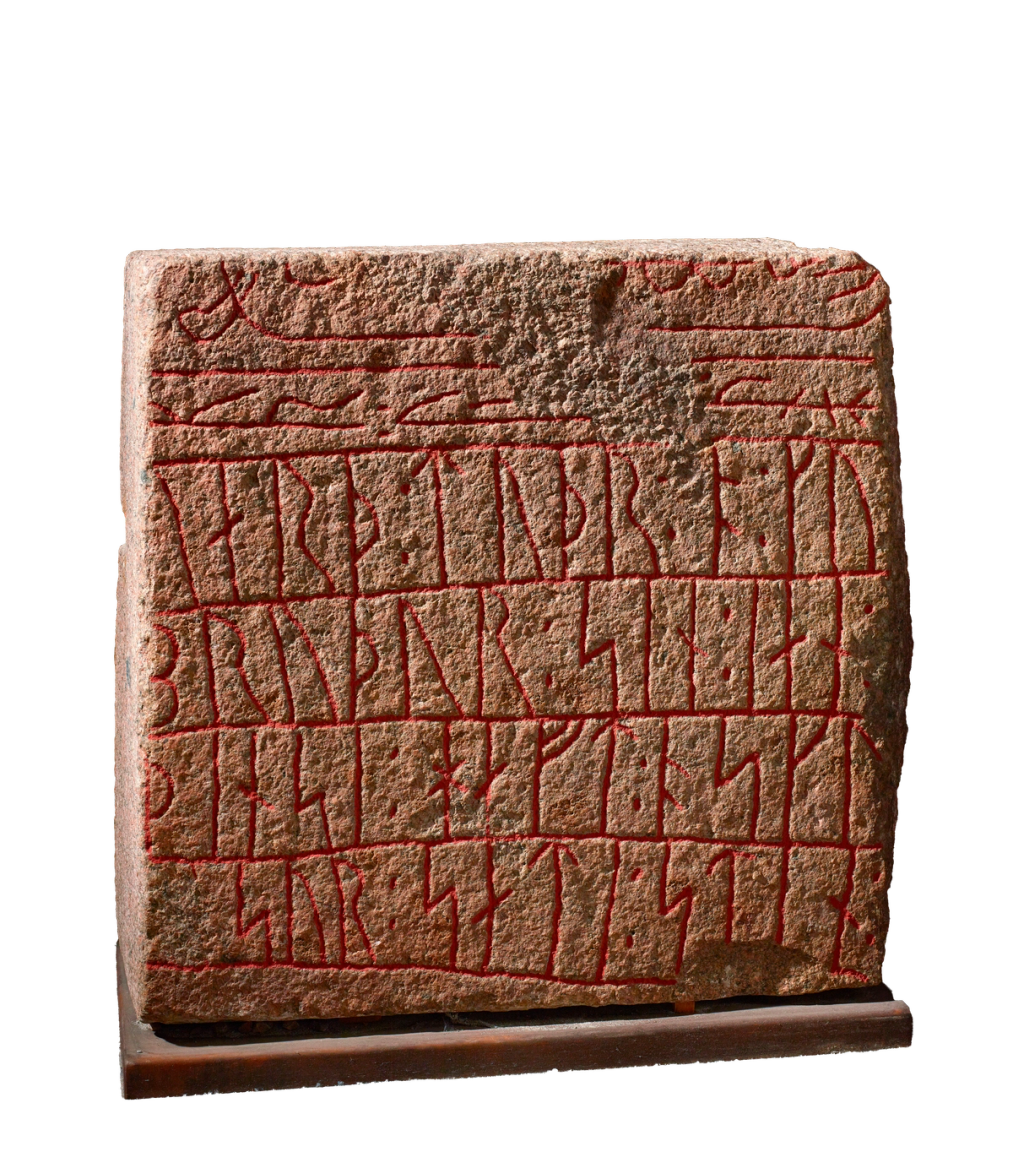
The Viking version of an orbituary
Vikings wanted to be honored and remembered in posterity. Special rune carvers traveled around and made runestones in memory of deceased Vikings and their achievements. Very few could read them, but stories about the stones were told for generations and still are today.

2.
The family history was etched into the sword's blade
Axes and spears were the preferred weapons of the Vikings – they were effective, easy to use, and cheap to produce. Swords were a different matter. They were more expensive and reserved for those with power and money.
In the tales, a sword could have its own name and almost its own personality. Perhaps it was passed down through generations, charged with stories, victories, and magical power. Not just a weapon, but a piece of family history.
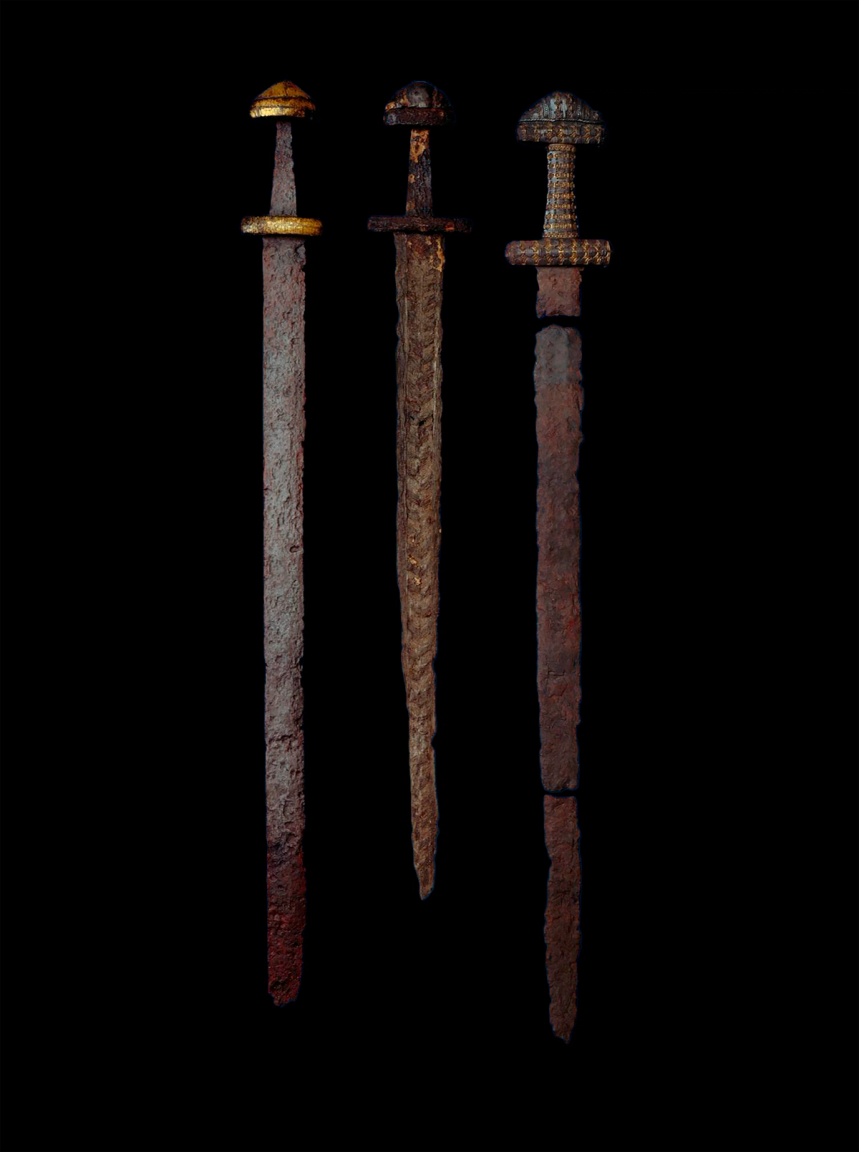
3.
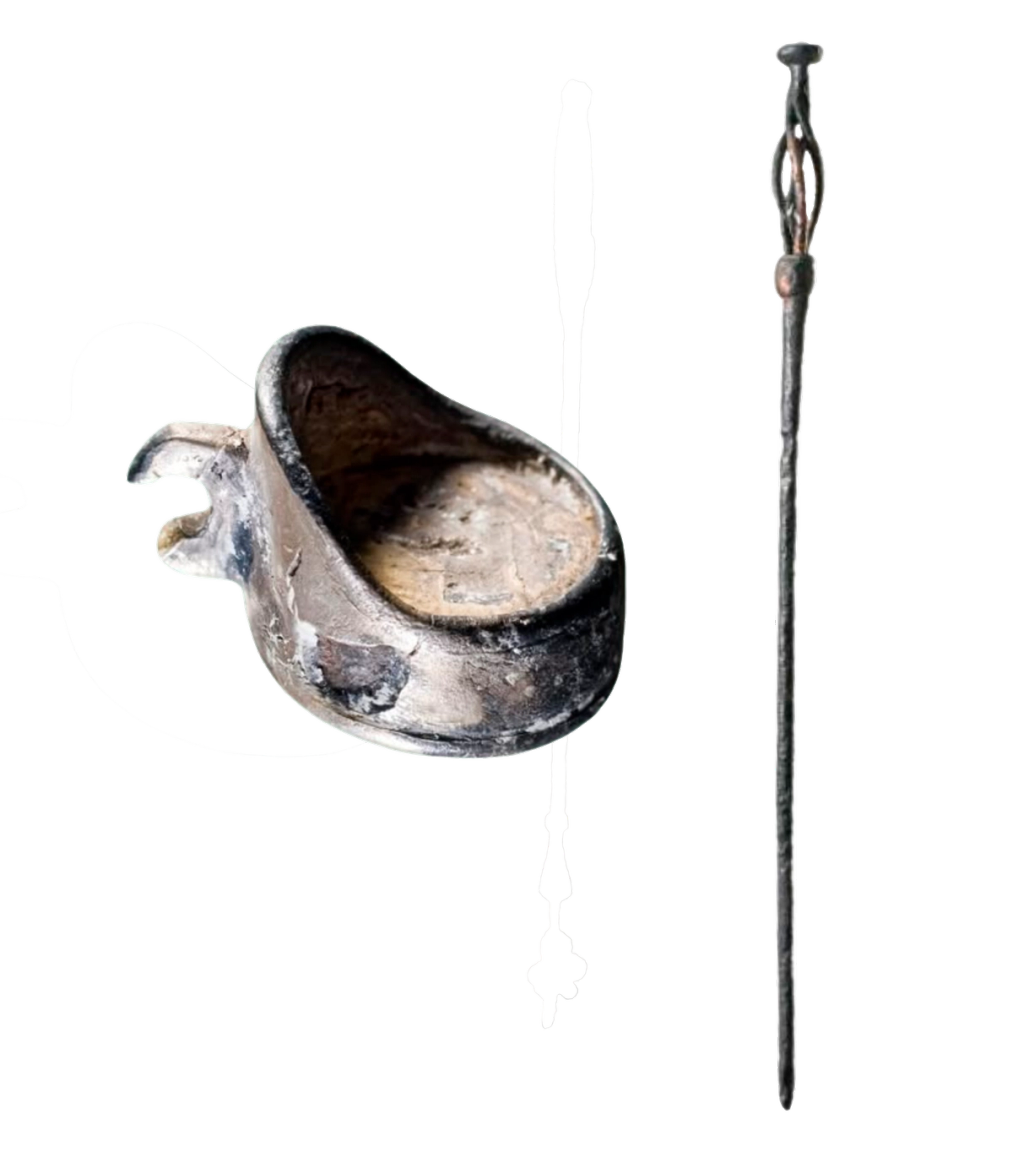
Do you have questions about the future?
The völva takes her seat on her high throne, the 'sejdhjællen'. In her hands, she holds her staff, and around her is a retinue of girls singing forth the helping spirits. Slowly, the völva settles into the seidr - a trance that allows the soul to travel to other worlds in search of answers. As the song fades, she is connected with gods and spirits in the beyond, while in the physical world she is surrounded by a circle of people. The circle, which could consist of both mighty gods and powerful Vikings, asks questions about fate and future. We cannot be certain, but we imagine that this is roughly how it went when the völva practiced seidr.

4.
A market for people
With chains around their arms and legs, the Viking captives were displayed in the slave market. Here, potential buyers could feel their muscles, check their teeth, or test their language abilities. The value of the slaves was measured in muscle strength, age, or skills. An older interpreter for trade journeys could be just as important as a young warrior.
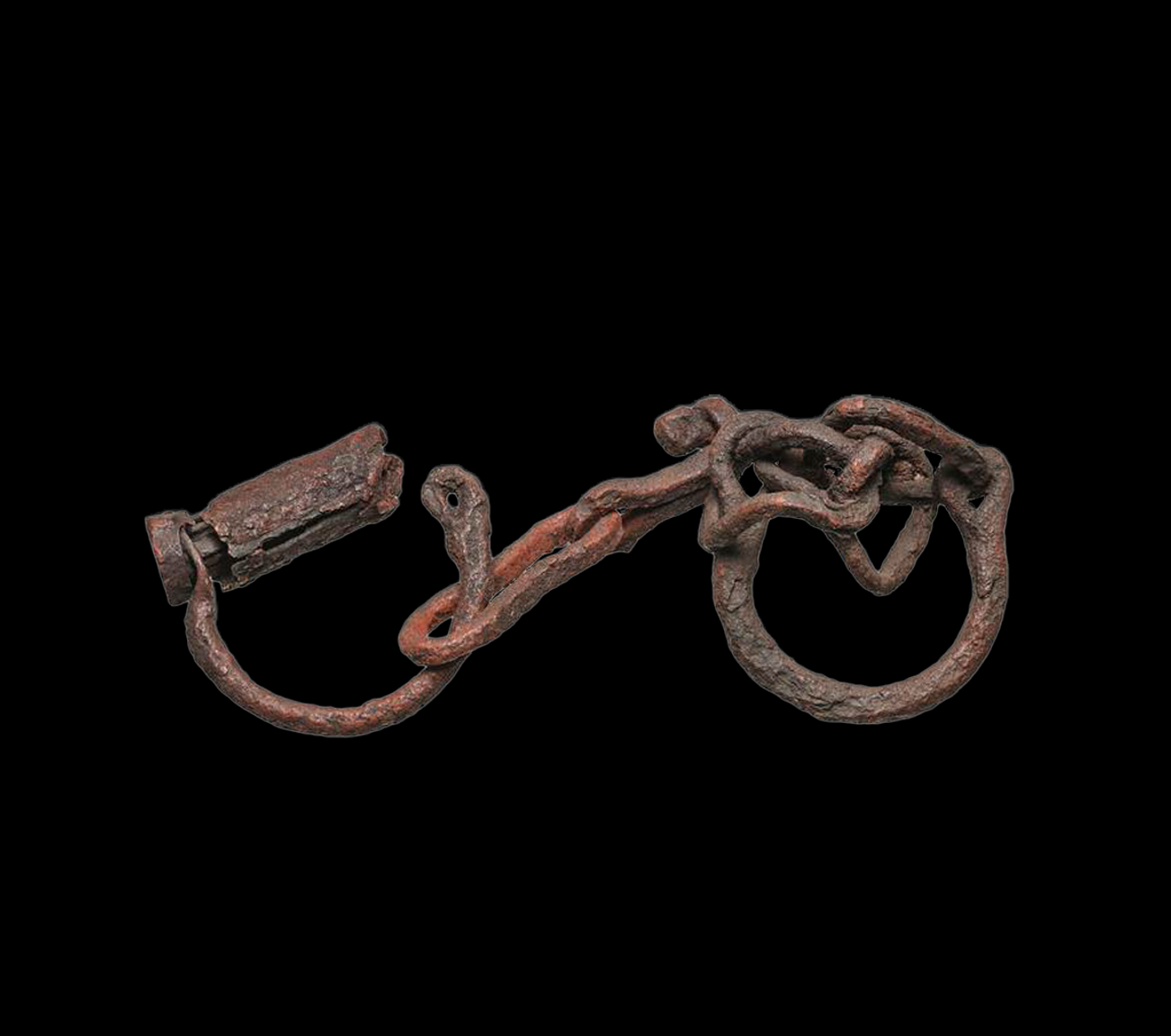
5.
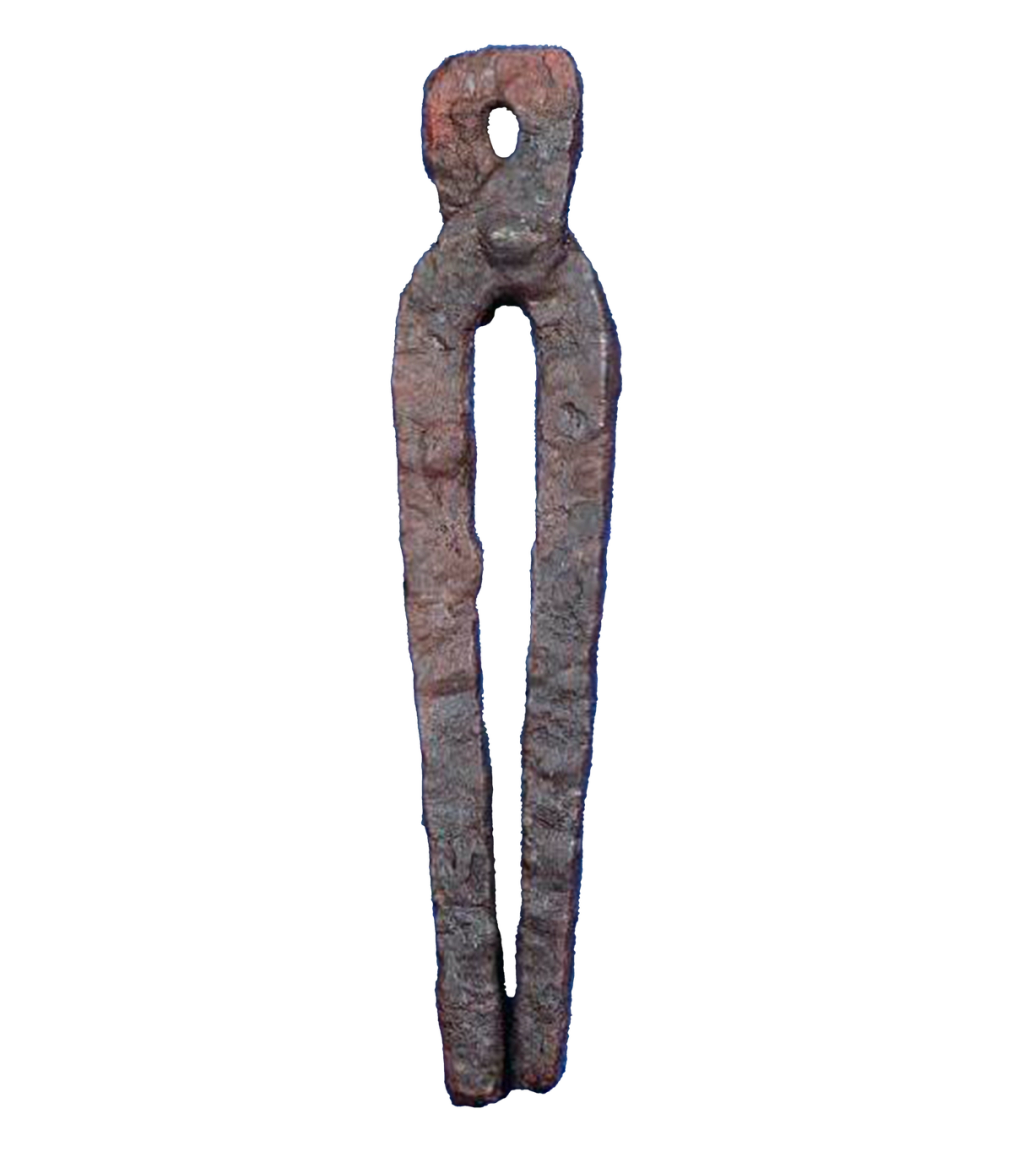
The wild Vikings were also sustainable farmers
During the Viking Age, most people were actually farmers. They lived at home on their farms and tended to their fields and villages. Daily life took place in longhouses, where humans and animals lived at opposite ends – but under the same roof. The farms were largely self-sufficient with food from the animals and fields, and with tools, clothing, and carpentry. Many of the tools we associate with the Vikings' everyday life, such as this pair of forged tongs, are reminiscent of tools that ordinary people still use at home today.
